🎉 本系列为Python基础学习,原稿来源于 30-Days-Of-Python 英文项目,大奇主要是对其本地化翻译、逐条验证和补充,想通过30天完成正儿八经的系统化实践。此系列适合零基础同学,或仅了解Python一点知识,但又没有系统学习的使用者。总之如果你想提升自己的Python技能,欢迎加入《挑战30天学完Python》
- 📘 Day 25
- Pandas
- DataFrames
- 使用Pandas读取CSV文件
- 编辑 DataFrame
- 检查列值的数据类型
- 💻 第25天练习
📘 Day 25
Pandas
Pandas是Python程序语言中一种开源、高性能、易于使用的数据结构和数据分析工具。
Pandas添加了数据结构和工具,用于处理类似表格的数据,即 Series 和 Data Frames。
它主要提供的数据操作工具有:
- reshaping
- merging
- sorting
- slicing
- aggregation
- imputation
安装pandas包
conda install pandas
Pandas数据结构基于 Series 和 DataFrames。
一个 series 是一个 column,一个DataFrame是一个由series 集合组成的多维表 。为了创建pandas series,我们使用numpy来创建一个一维数组或python列表。
首先让我们看下 series 例子:
Names Pandas Series

Countries Series

Cities Series

如您所见,pandas系列只是一列数据。如果我们想要有多个列,我们使用 data frames。下面的例子展示了pandas数据框架。

DataFrame 是行和列的集合。请看下面的表格,它比上面的例子有更多的表列:

接下来,我们将了解如何导入pandas,以及如何使用pandas创建 Series 和 dataframe
引入 Pandas
import pandas as pd
import numpy as np
创建默认索引的Pandas Series
nums = [1, 2, 3, 4,5]
s = pd.Series(nums)
print(s)
默认索引从0开始
0 1
1 2
2 3
3 4
4 5
dtype: int64
创建自定义索引的Pandas Series
示例1:
nums = [1, 2, 3, 4, 5]
s = pd.Series(nums, index=[1, 2, 3, 4, 5]) # 指定索引1-5
print(s)
1 1
2 2
3 3
4 4
5 5
dtype: int64
示例2
fruits = ['Orange','Banana','Mango']
fruits = pd.Series(fruits, index=[1, 2, 3]) # 指定索引1-3,列值类型object
print(fruits)
1 Orange
2 Banana
3 Mango
dtype: object
从字典创建Pandas Series
dct = {'name':'Asabeneh','country':'Finland','city':'Helsinki'}
s = pd.Series(dct)
print(s)
行索引为字典key
name Asabeneh
country Finland
city Helsinki
dtype: object
创造一个常量Pandas Series
s = pd.Series(10, index = [1, 2, 3])
print(s)
1 10
2 10
3 10
dtype: int64
使用Linspace创建Pandas Series
Linspace 表示线性等分向量
# linspace(start, stop, num=50, endpoint=True, retstep=False, dtype=None,axis=0)
# 参数 num 表示样本数量
s = pd.Series(np.linspace(5, 20, 10))
print(s)
0 5.000000
1 6.666667
2 8.333333
3 10.000000
4 11.666667
5 13.333333
6 15.000000
7 16.666667
8 18.333333
9 20.000000
dtype: float64
DataFrames
Pandas DataFrames 可以通过以下不同的方式进行创建
从二维列表中创建
data = [
['Asabeneh', 'Finland', 'Helsink'],
['David', 'UK', 'London'],
['John', 'Sweden', 'Stockholm']
]
df = pd.DataFrame(data, columns=['Names','Country','City'])
print(df)
Names Country City
0 Asabeneh Finland Helsink
1 David UK London
2 John Sweden Stockholm
从Dict字典创建
data = {'Name': ['Asabeneh', 'David', 'John'], 'Country':[
'Finland', 'UK', 'Sweden'], 'City': ['Helsiki', 'London', 'Stockholm']}
df = pd.DataFrame(data)
print(df)
Name Country City
0 Asabeneh Finland Helsiki
1 David UK London
2 John Sweden Stockholm
从列表字典创建
data = [
{'Name': 'Asabeneh', 'Country': 'Finland', 'City': 'Helsinki'},
{'Name': 'David', 'Country': 'UK', 'City': 'London'},
{'Name': 'John', 'Country': 'Sweden', 'City': 'Stockholm'}]
df = pd.DataFrame(data)
print(df)
Name Country City
0 Asabeneh Finland Helsinki
1 David UK London
2 John Sweden Stockholm
使用Pandas读取CSV文件
在此项目中的 /data/weight-height.csv 找到示例文件
import pandas as pd
df = pd.read_csv('./data/weight-height.csv')
print(df)
Gender Height Weight
0 Male 73.847017 241.893563
1 Male 68.781904 162.310473
2 Male 74.110105 212.740856
3 Male 71.730978 220.042470
4 Male 69.881796 206.349801
... ... ... ...
9995 Female 66.172652 136.777454
9996 Female 67.067155 170.867906
9997 Female 63.867992 128.475319
9998 Female 69.034243 163.852461
9999 Female 61.944246 113.649103
[10000 rows x 3 columns]
数据探索
让我们使用 head() 只读取前5行
# head(self: NDFrameT, n: int = 5)
print(df.head())
不指定行数默认前5行
Gender Height Weight
0 Male 73.847017 241.893563
1 Male 68.781904 162.310473
2 Male 74.110105 212.740856
3 Male 71.730978 220.042470
4 Male 69.881796 206.349801
让我们学习使用 tail() 方法来获取数据表的尾部行。
# tail(self: NDFrameT, n: int = 5)
print(df.tail())
9995 Female 66.172652 136.777454
9996 Female 67.067155 170.867906
9997 Female 63.867992 128.475319
9998 Female 69.034243 163.852461
9999 Female 61.944246 113.649103
正如您所看到的csv文件有3列:性别、身高和体重。且有1000行,如果 DataFrame 有很多行列,我们就需要一种方法来知晓行列数据,对此我们使用 shape 方法。
df = pd.read_csv('./data/weight-height.csv')
print(df.shape)
# (10000, 3)
使用 columns 方法获得所有列,返回列头。
print(df.columns)
# Index(['Gender', 'Height', 'Weight'], dtype='object')
现在,让我们使用列Key获取一个特定的列
heights = df['Height'] # 现在它成为一个 series
print(heights)
0 73.847017
1 68.781904
2 74.110105
3 71.730978
4 69.881796
...
9995 66.172652
9996 67.067155
9997 63.867992
9998 69.034243
9999 61.944246
Name: Height, Length: 10000, dtype: float64
其他列如法炮制均可通过列头关键词获取一列值
接下来我们再来了解下 *describe()*方法,它提供数据集的一些描述性统计值。
print(heights.describe()) # 给出关于身高列的一些统计信息
count 10000.000000
mean 66.367560
std 3.847528
min 54.263133
25% 63.505620
50% 66.318070
75% 69.174262
max 78.998742
Name: Height, dtype: float64
print(df.describe()) # 对整个dataFrame的统计信息
Height Weight
count 10000.000000 10000.000000
mean 66.367560 161.440357
std 3.847528 32.108439
min 54.263133 64.700127
25% 63.505620 135.818051
50% 66.318070 161.212928
75% 69.174262 187.169525
max 78.998742 269.989699
类似 describe(), 还有 info() 方法同样也给出关于数据集的一些统计。
编辑 DataFrame
维护 DataFrame 我们可以:
- 创建一个新的 DataFrame
- 创建一个新的列到 DataFrame
- 从 DataFrame 移除一个存在列
- 修改一个存在 DataFrame 的列
- 改变 DataFrame 列的数据类型
创建
像往常一样,首先我们要导入依赖包。现在,让我们导入pandas和numpy,通常它俩是很好的组合。
import pandas as pd
import numpy as np
data = [
{"Name": "Asabeneh", "Country":"Finland","City":"Helsinki"},
{"Name": "David", "Country":"UK","City":"London"},
{"Name": "John", "Country":"Sweden","City":"Stockholm"}]
df = pd.DataFrame(data)
print(df)
Name Country City
0 Asabeneh Finland Helsinki
1 David UK London
2 John Sweden Stockholm
如果想向DataFrame中添加列,可以像向字典中添加键一样操作。
添加列
让我们向其上边的姓名国家和城市的DataFrame添加一列体重信息
weights = [74, 78, 69]
df['Weight'] = weights
print(df)
Name Country City Weight
0 Asabeneh Finland Helsinki 74
1 David UK London 78
2 John Sweden Stockholm 69
最后再向其 DataFrame 添加一份身高信息
heights = [173, 175, 169]
df['Height'] = heights
print(df)
Name Country City Weight Height
0 Asabeneh Finland Helsinki 74 173
1 David UK London 78 175
2 John Sweden Stockholm 69 169
在上边的例子中,我们添加了体重和身高两个新列。接下来让我们看下如何改变值。
修改列值
直接对其整列进行操作,比如对身高单位换成米单位值
df['Height'] = df['Height'] * 0.01
print(df)
Name Country City Weight Height
0 Asabeneh Finland Helsinki 74 1.73
1 David UK London 78 1.75
2 John Sweden Stockholm 69 1.69
接下来我们再新增一列BMI(Body Mass Index),它表示身体质量指数,计算公式为:BMI=体重÷身高²。
def calculate_bmi ():
weights = df['Weight']
heights = df['Height']
bmi = []
for w,h in zip(weights, heights):
b = w/(h*h)
bmi.append(b)
return bmi
bmi = calculate_bmi()
df['BMI'] = bmi
print(df)
使用函数可以使我们的代码更简洁,但是不使用函数也可以计算bmi
df['BMI'] = df['Weight'] / (df['Height'] * df['Height'])
print(df)
以上两种方式的结果一样如下:
Name Country City Weight Height BMI
0 Asabeneh Finland Helsinki 74 1.73 24.725183
1 David UK London 78 1.75 25.469388
2 John Sweden Stockholm 69 1.69 24.158818
格式化
DataFrame的BMI列值是浮点数,让我们格式化一下仅保留一位小数。
df['BMI'] = round(df['BMI'], 1)
print(df)
0 Asabeneh Finland Helsinki 74 1.73 24.7
1 David UK London 78 1.75 25.5
2 John Sweden Stockholm 69 1.69 24.2
DataFrame中的信息似乎还不太完整,让我们再继续添加出生年份和当前年份两列。
birth_year = ['1769', '1985', '1990']
current_year = pd.Series(2023, index=[0, 1,2])
df['Birth Year'] = birth_year
df['Current Year'] = current_year
print(df)
Name Country City Weight Height BMI Birth Year Current Year
0 Asabeneh Finland Helsinki 74 1.73 24.7 1769 2023
1 David UK London 78 1.75 25.5 1985 2023
2 John Sweden Stockholm 69 1.69 24.2 1990 2023
检查列值的数据类型
print(df.Weight.dtype)
int64
print(df['Birth Year'].dtype)
它给出类型是字符串对象,让我们来把它改为整数类型
df['Birth Year'] = df['Birth Year'].astype('int')
print(df['Birth Year'].dtype)
int32
同样,我们对年份也改下对应的列数值类型
df['Current Year'] = df['Current Year'].astype('int')
print(df['Current Year'].dtype)
dtype('int32')
现在,出生年份和当前年份的列值是整数。我们接下来就可以计算其年龄了。
ages = df['Current Year'] - df['Birth Year']
print(ages)
0 254
1 38
2 33
dtype: int32
最后将计算后的年龄列追加到dataframe数据中
df['Ages'] = ages
print(df)
Name Country City Weight Height BMI Birth Year Current Year Ages
0 Asabeneh Finland Helsinki 74 1.73 24.7 1769 2023 254
1 David UK London 78 1.75 25.5 1985 2023 38
2 John Sweden Stockholm 69 1.69 24.2 1990 2023 33
请注意,第一行值中年龄足有254岁,人是不可能活那么久的,这里只是为了演示和为下边的判断操作做铺垫。
布尔索引
过滤出年龄大于120的数据
print(df[df['Ages'] > 120])
Name Country City Weight Height BMI Birth Year Current Year Ages
0 Asabeneh Finland Helsinki 74 1.73 24.7 1769 2023 254
查看年龄小于120的数据
print(df[df['Ages'] < 120])
Name Country City Weight Height BMI Birth Year Current Year Ages
1 David UK London 78 1.75 25.5 1985 2023 38
2 John Sweden Stockholm 69 1.69 24.2 1990 2023 33
💻 第25天练习
- 从数据目录中读取 /data/hacker_news.csv 文件
- 获取前5行数据
- 获取最后5行数据
- 获得标题,数据作为一个pandas series返回
- 计算这个dataframe的行和列个数
- 过滤包含python的标题
- 过滤包含JavaScript的标题
- 尝试对数据做一些增改计算格式化等操作
🎉 CONGRATULATIONS ! 🎉
<< Day 24 | Day26 >>


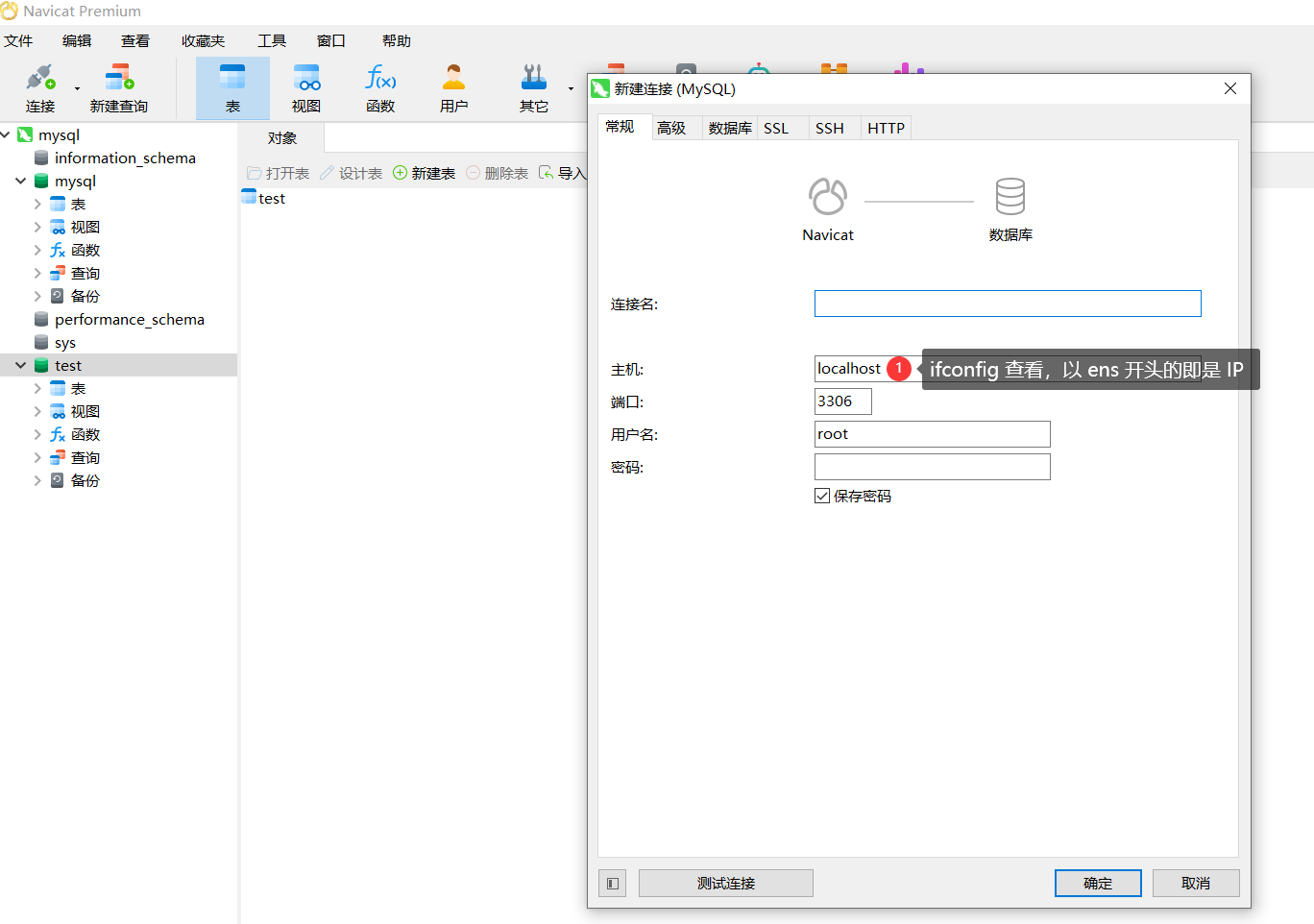
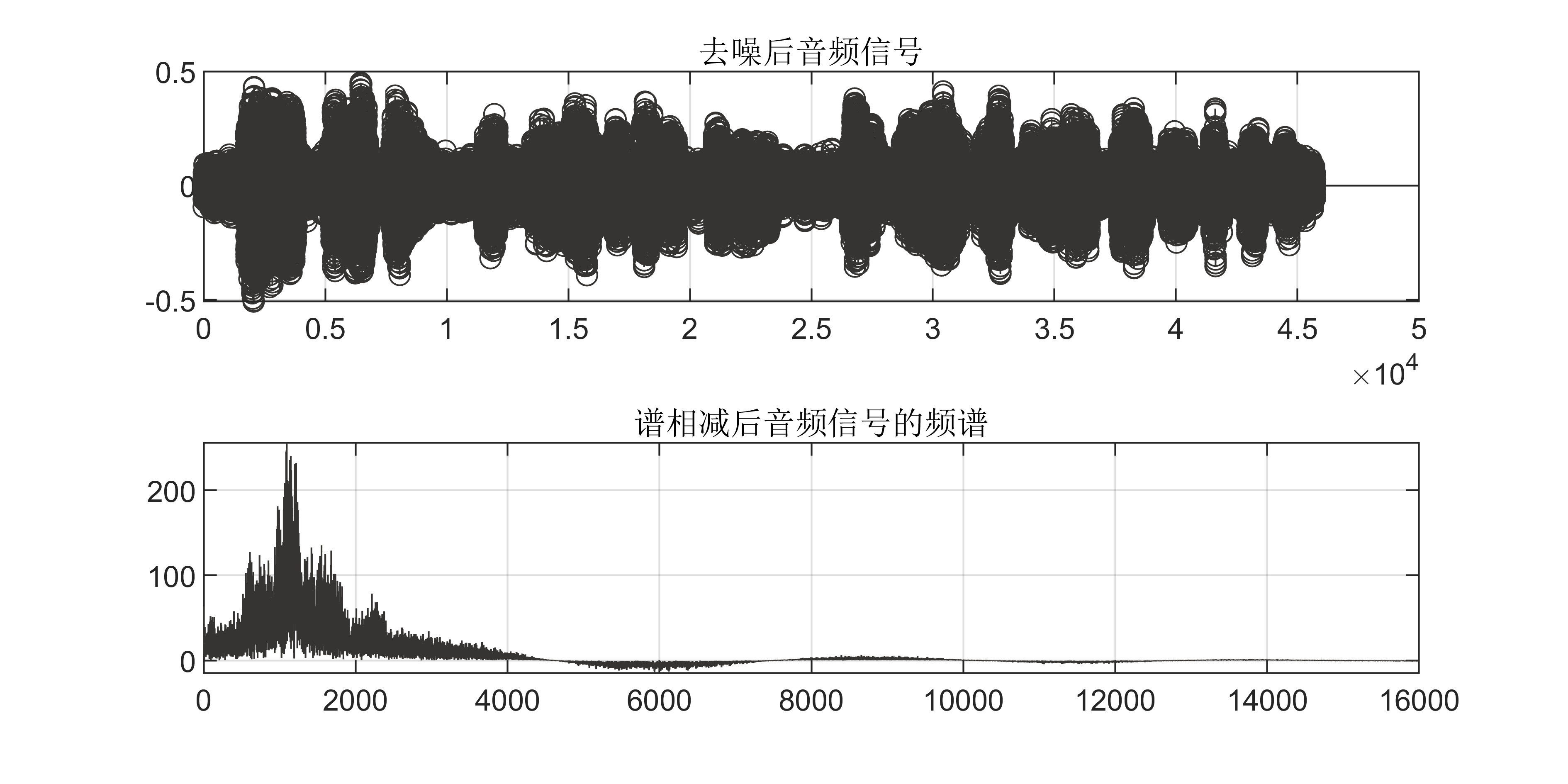

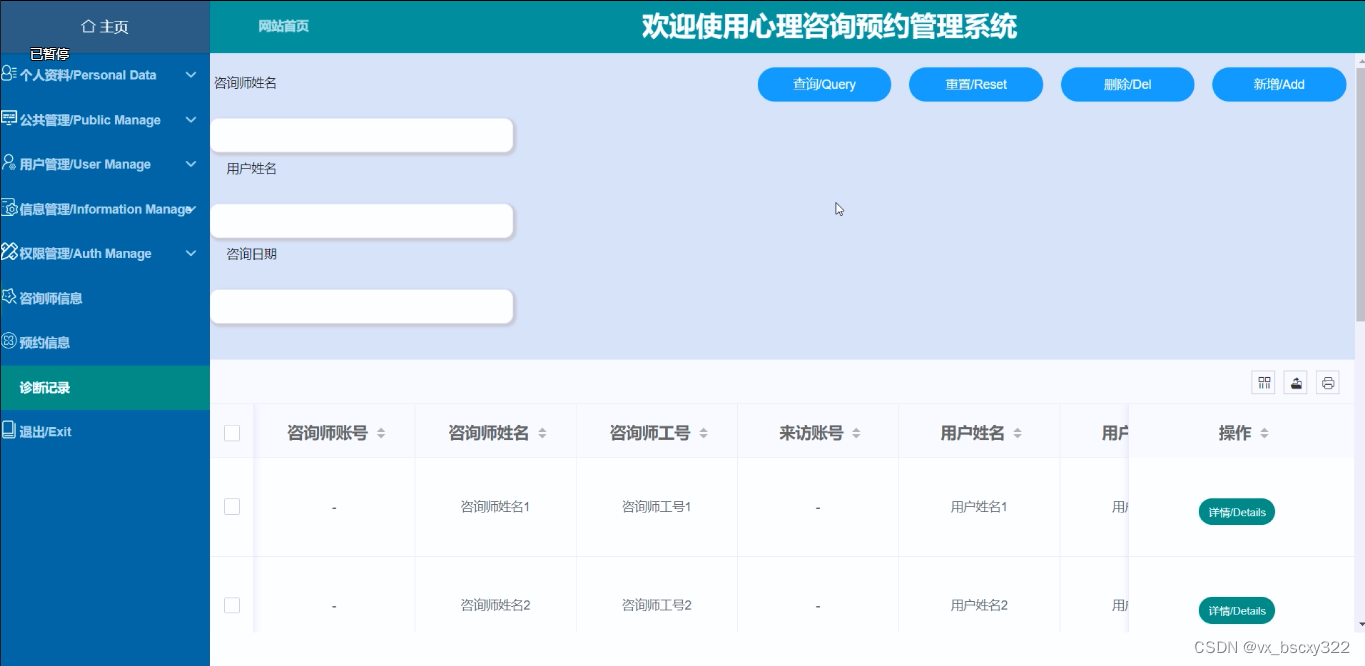

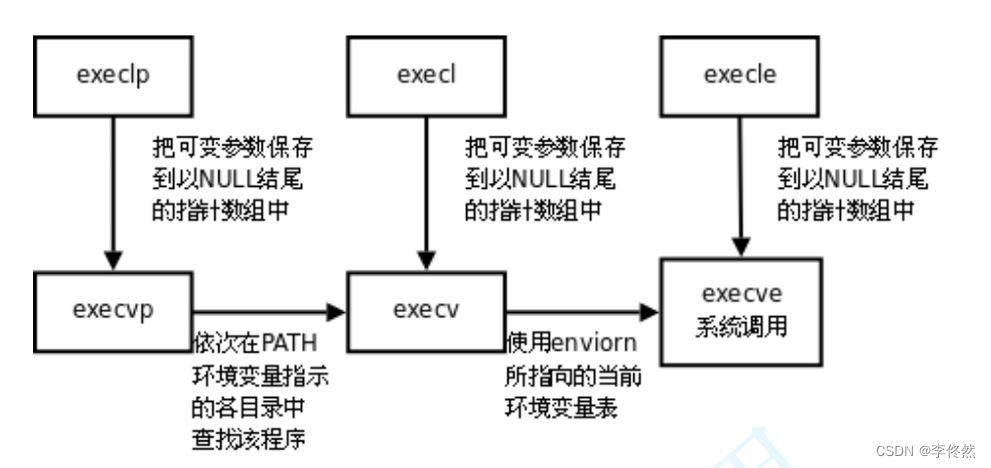
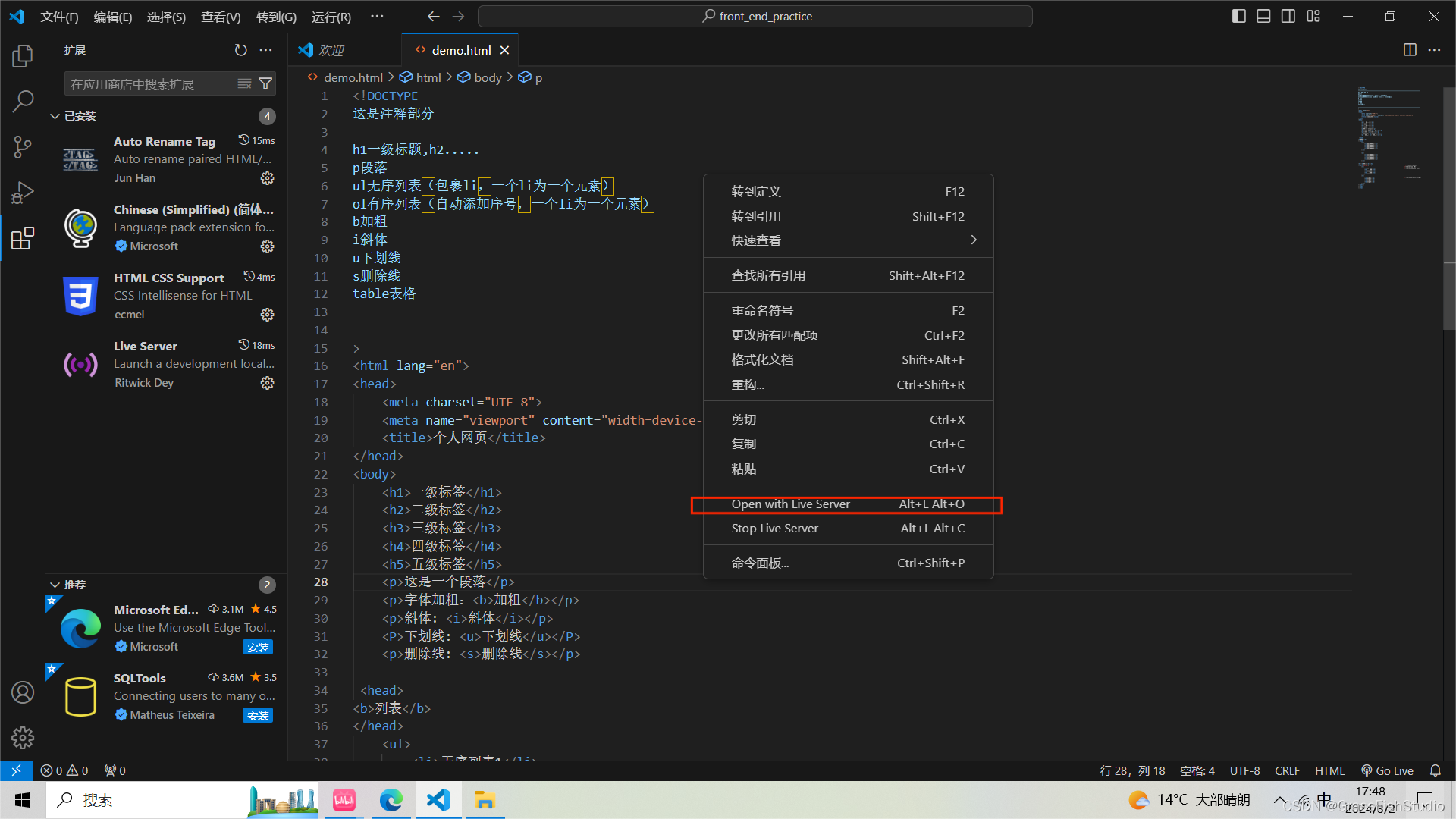
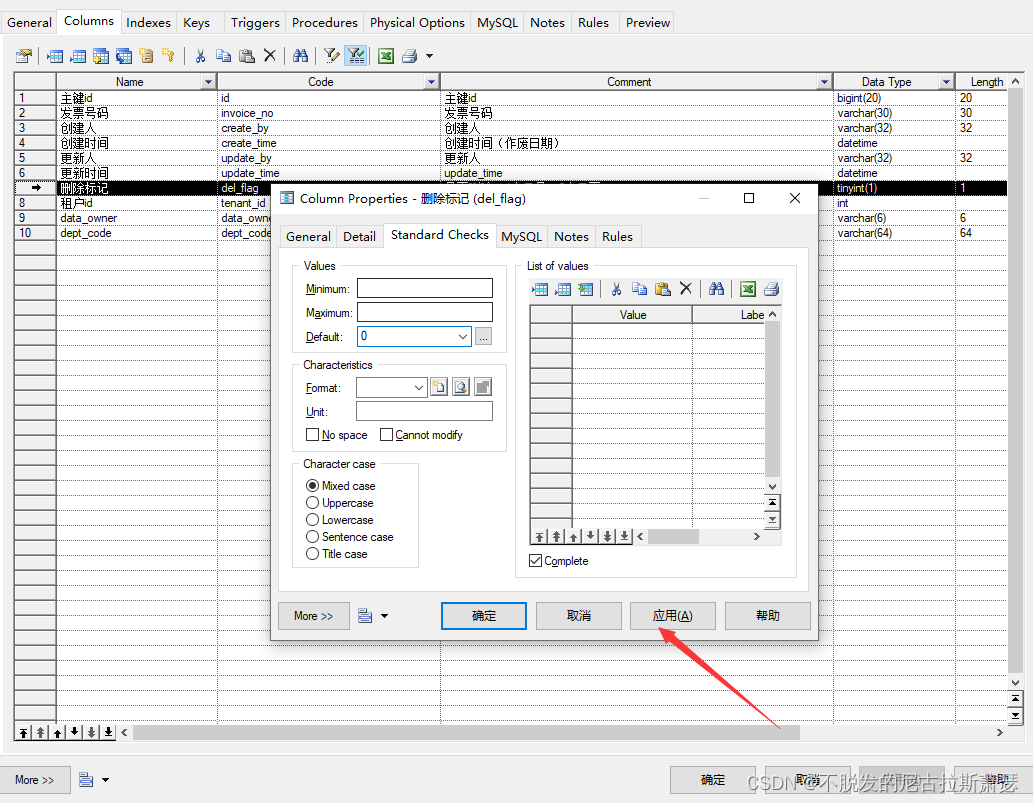



![[计算机网络]--五种IO模型和select](https://img-blog.csdnimg.cn/direct/9c5200a6465b49a7a53f66f56710f8ab.png)





